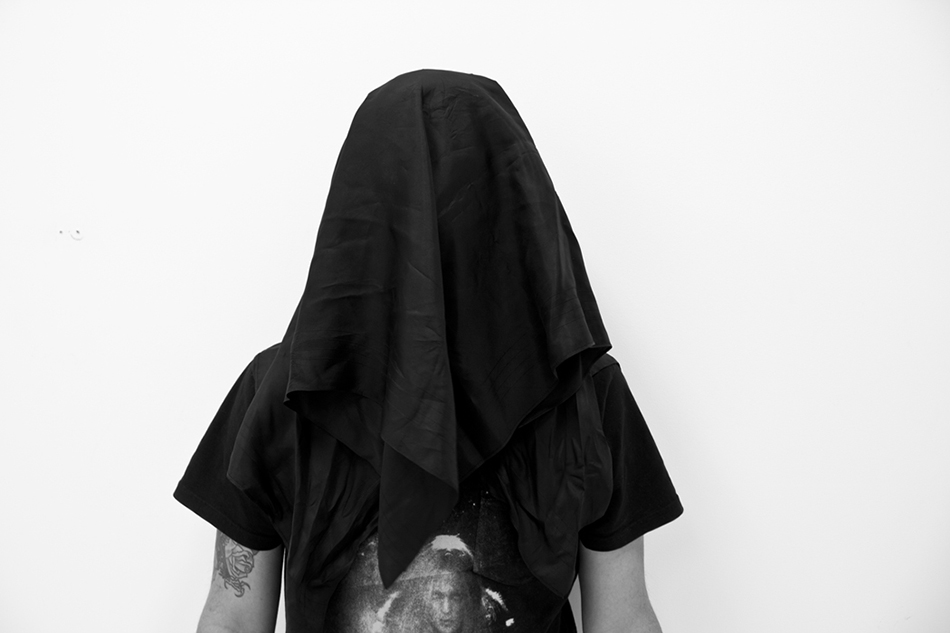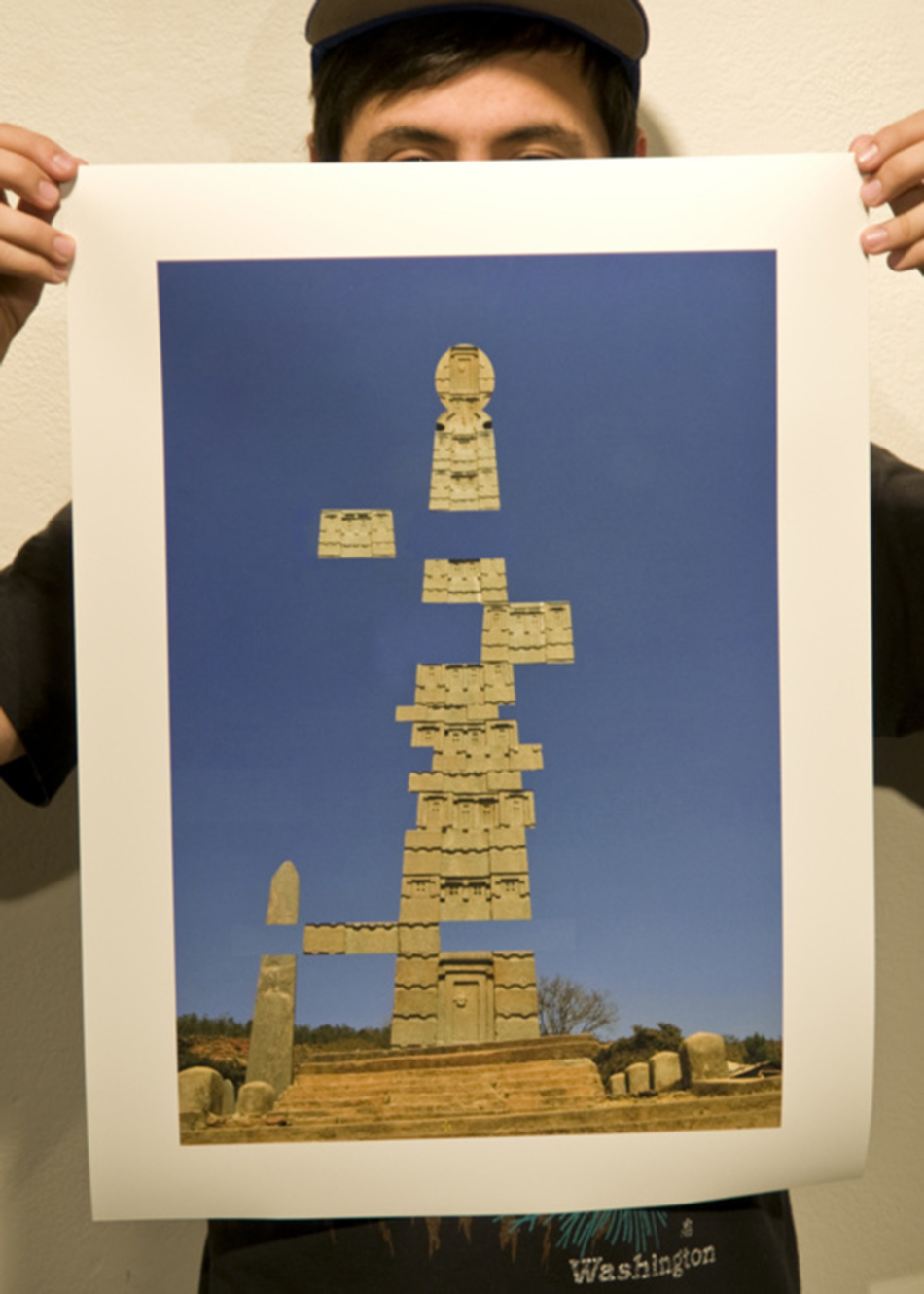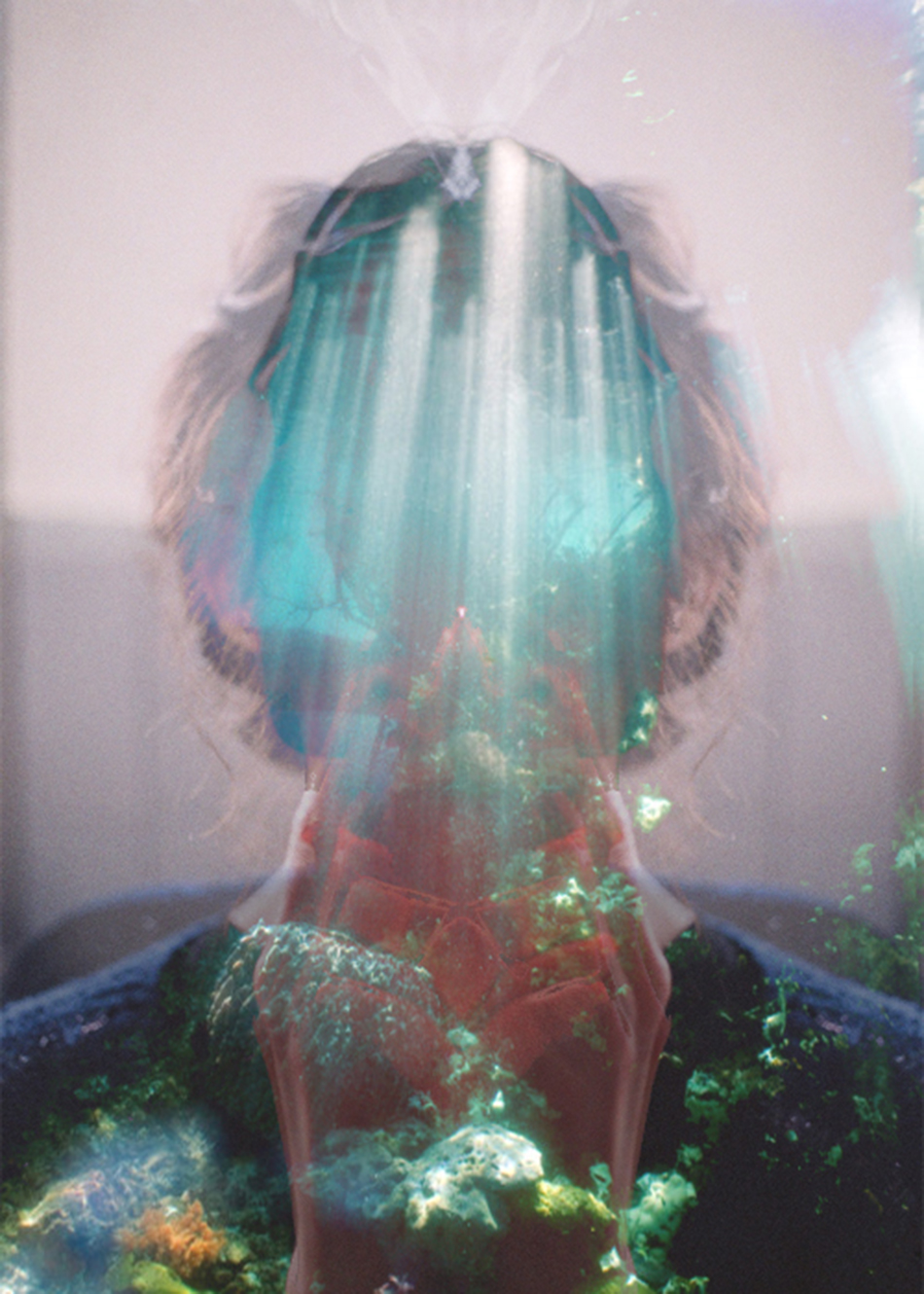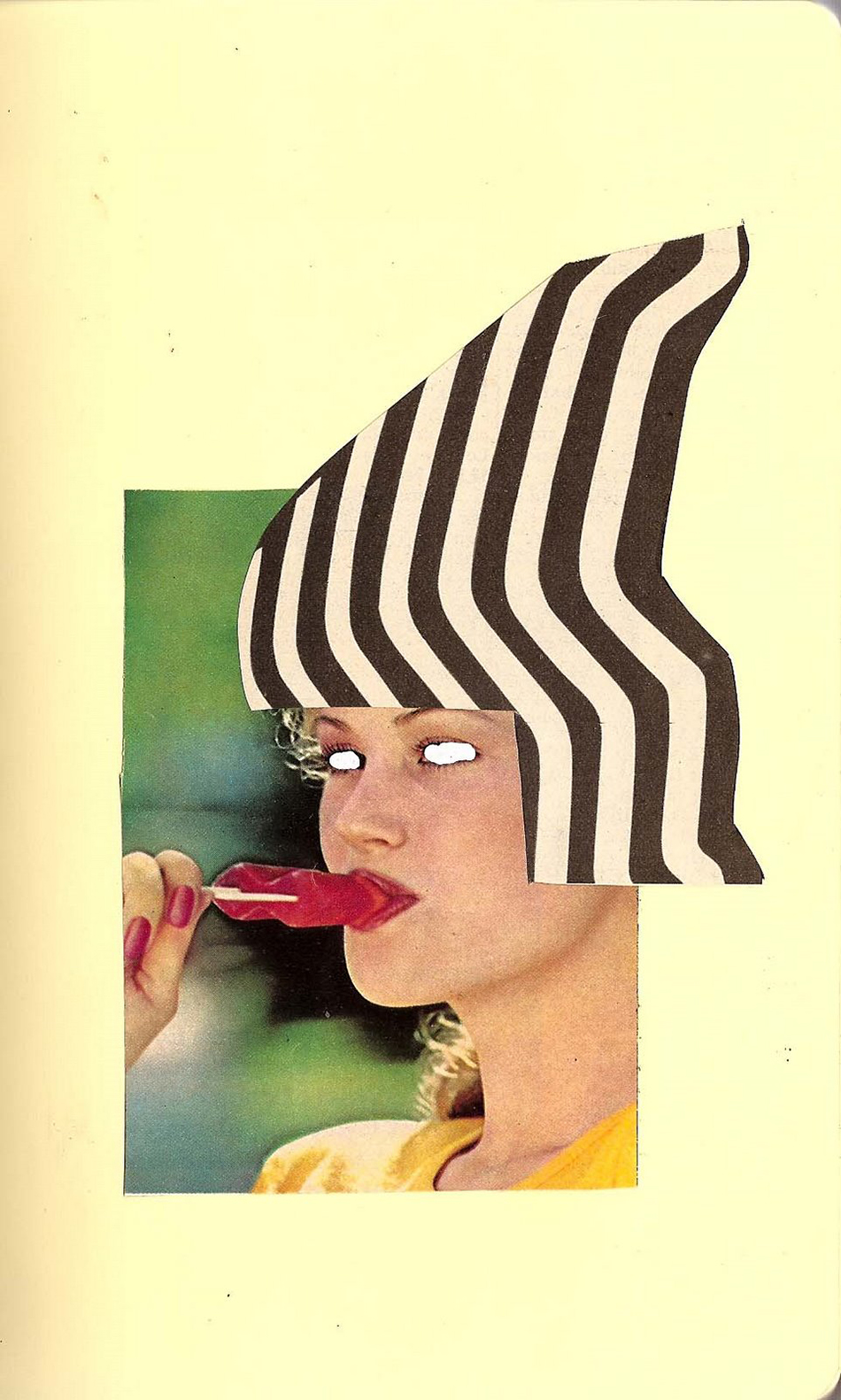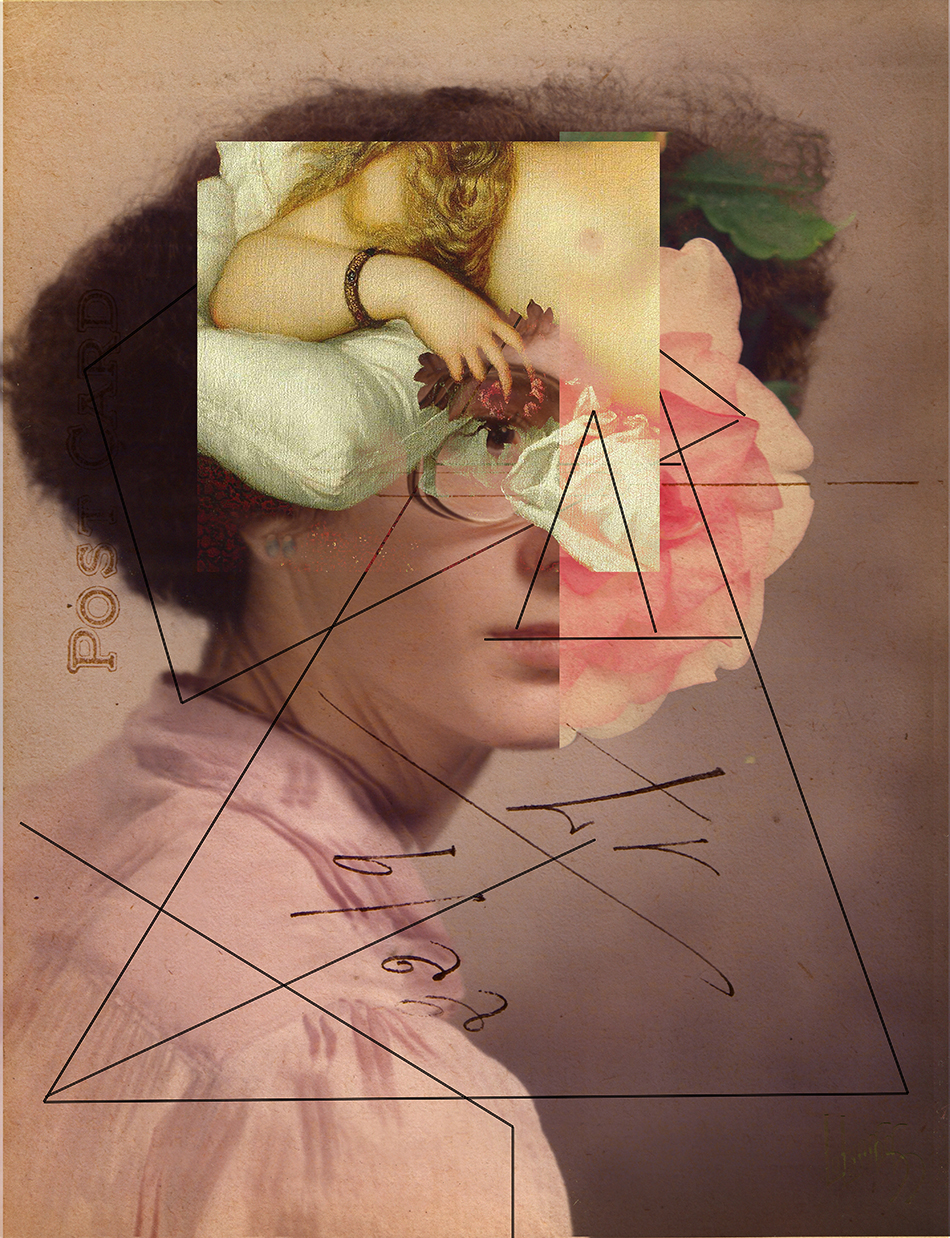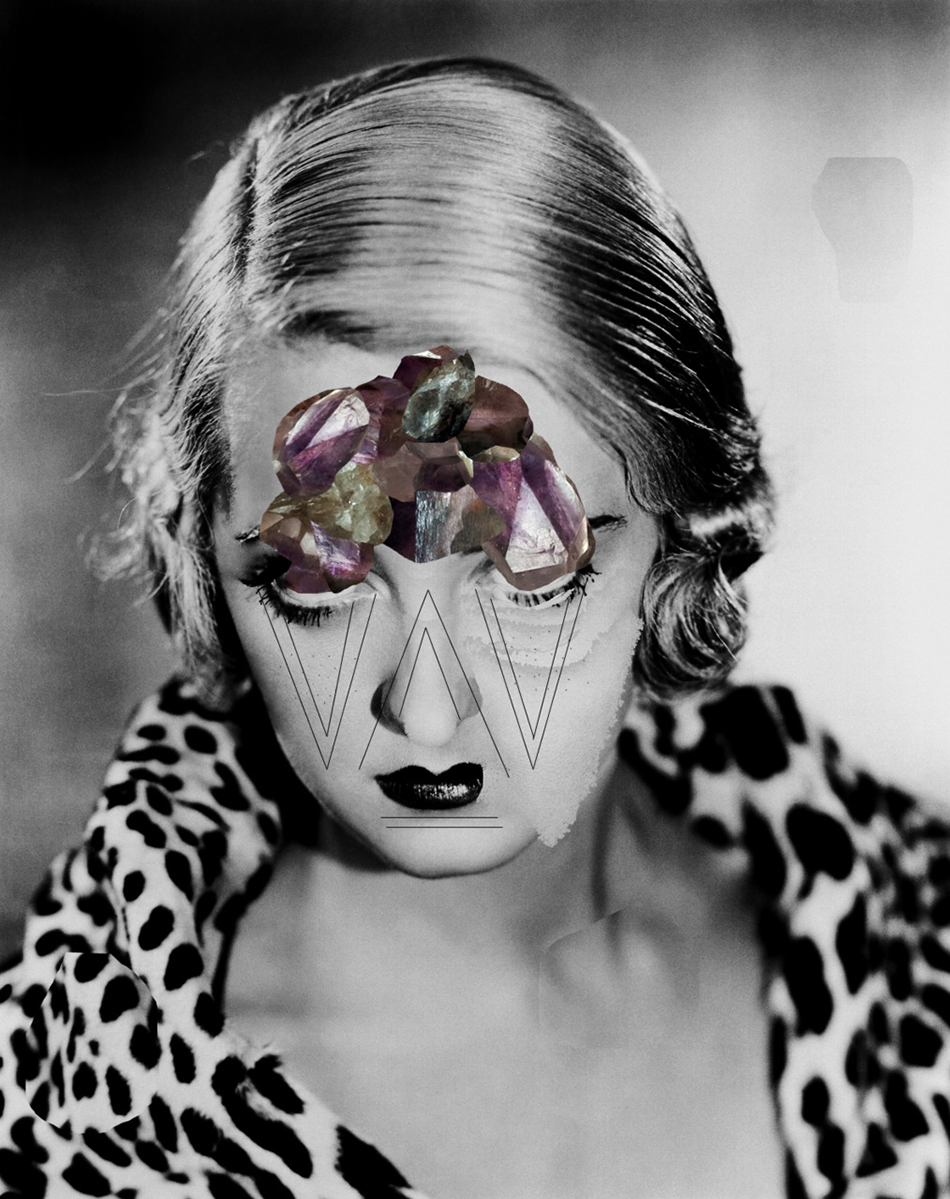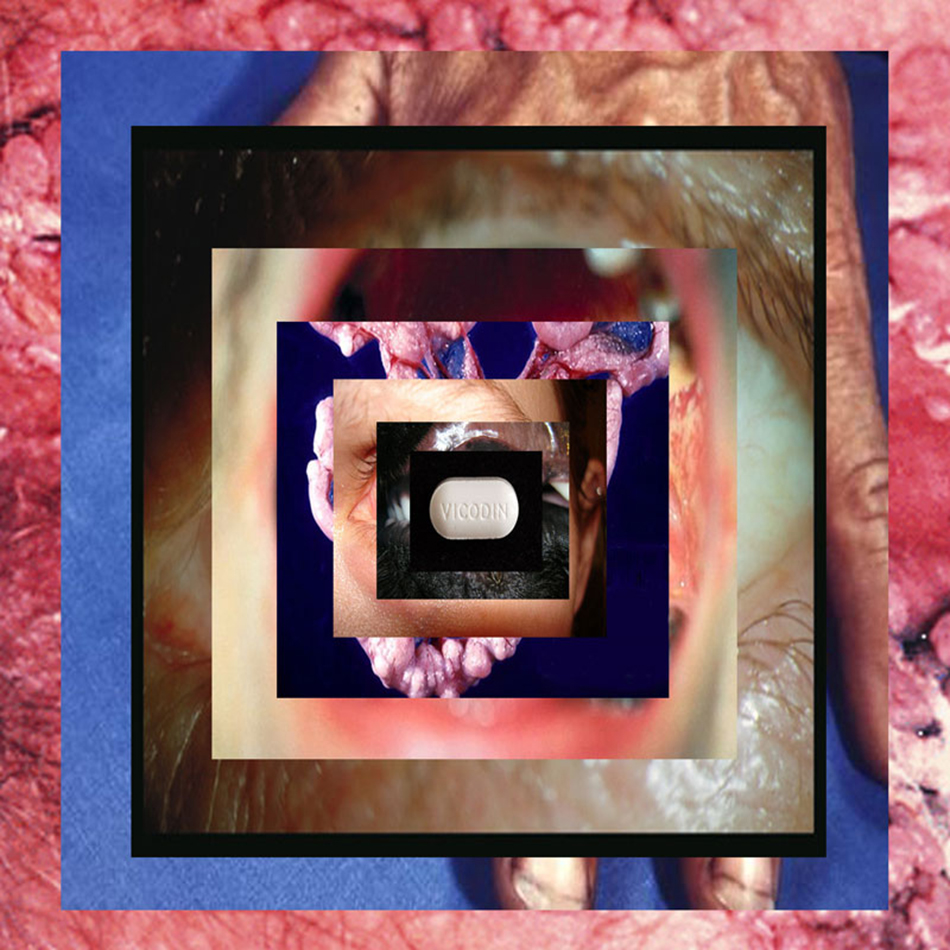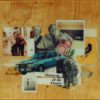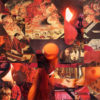1. Please, introduce yourself, tell us a little bit about you.
My name is Mario Zoots. I am a visual artist and musician based in Denver, CO. I received my Bachelor’s of Fine Arts from Metropolitan State University and my Master’s of Arts in Emergent Digital Practices from the University of Denver. I have exhibited in solo and group exhibitions internationally and have produced commissioned works for Nylon Magazine and Urban Outfitters. In 2012, I was named Denver publication 5280’s Top of the Town Artist. I’ve exhibited my collages at the Museum of Image and Sound in Sao Paulo, the Museum of Contemporary Art in Denver and the Boulder Museum of Contemporary Art. My collages were published in both Cutting Edges: Contemporary Collage (2011) and The Age of Collage: Contemporary Collage in Modern Art (2013).
2. Recent, current or future projects you are involved in that you would like to share with us?
In 2013 I was asked to create a piece for the Biennial of the Americas curated by Carson Chan. The piece would be presented on a billboard in public space within the Denver metro area. What I created was a collage of a face that is slightly faded and pixilated and has quartz shooting from the eyes. In this work the act of looking becomes physical, solid. It plays on the tale of Medusa, where looking will turn one to stone. We build as we see, our visions become crystallized. Placing quartz over the eyes of a found portrait is a recurring theme in my work, doing so creates a barrier between viewer and subject.
3. What kind of things do influence your work?
Psychology, mythology and the paranormal are influential to my work. The ectoplasm photography of the early 20th century has been a focus of my research lately. The term ectoplasm was coined by Charles Richet to denote a substance or spiritual energy exteriorized by physical mediums, these spirits were then captured on black and white film. Ectoplasm photography offered a proof of the existence of other states of matter, and as such, embodies a transition in the history of scientific inquiry. One can look back on these now and see that possibly they were fake and staged photographs but I still believe that they carry weight as true works of art. In my collage work physical objects and spiritual energy emerge from bodily orifices such as the nose, eyes and mouth reflecting on more contemporary ectoplasmic encounters through the network of the Internet.
4. How is your normal process of collaging? (idea or commission, where do you get your materials or find your images, which is your cutting technique, best way you have found to paste, where do you work and how, and very important: what do you do with your scraps)
My process of creating collages starts with visiting bookshops, garage sales and second hand stores looking for discounted and damaged books, photographs and magazines that are marked down in price, this is a neverending first step. The cheaper the better. Secondly, sitting with images for days, weeks or years, waiting for that right moment of placing two images together that will be the spark of a new work. I always like to think of my cutting technique as ‘drawing with a knife’. I’ve used both matte medium and paper cement. I find matte medium to have more of a painterly finish and paper cement to be more design driven. I only use acid free Best-Test paper cement, it has worked wonders for me. For years I have made collages at my kitchen table in my home, but in the last year I have had the privilege of having a studio in downtown Denver, which I really love. You can not throw away the scraps! I have many drawers and storage bins full of scraps, borderline hoarder. The scraps provide a high level of randomness to what I create. Torn, cut and strangely cropped, many times the scraps will make the work that much more interesting in a way could’ve never have before.
5. Wich is your latest discovery in the collage world? What advice can you give to a collage beginner?
My latest discovery in collage would be the collaborations of William S. Burroughs and Brion Gysin in the 1960’s. They created a number of works using text, photographs and newspaper clippings. I had always known Burroughs writings but did not realize he had been making so many collages between the 50’s and 60’s. The works are mostly black and white and have a very dark mood to them. Many have split faces that in a weird way remind me of the newer works by John Stezaker.
My only advice to a beginner artist is: Make something every single day.
6. What do your friends/family say about your collage work? And, what do you do when you are not working on art?
A lot of my friends and family that are not that close to me don’t really see my collage work as being art, it’s not a drawing or a painting. On the other hand my mother’s house is my own personal museum archiving the progression of my work over the last ten years. And for my friends that are closest to me, they have been so supportive over the years and have pushed me to continue making collage. When i’m not making art, i’m thinking about making art.
7. Would you like to ask anything to John Baldessari? Shoot.
John, are you truly the tallest artist in the art world?

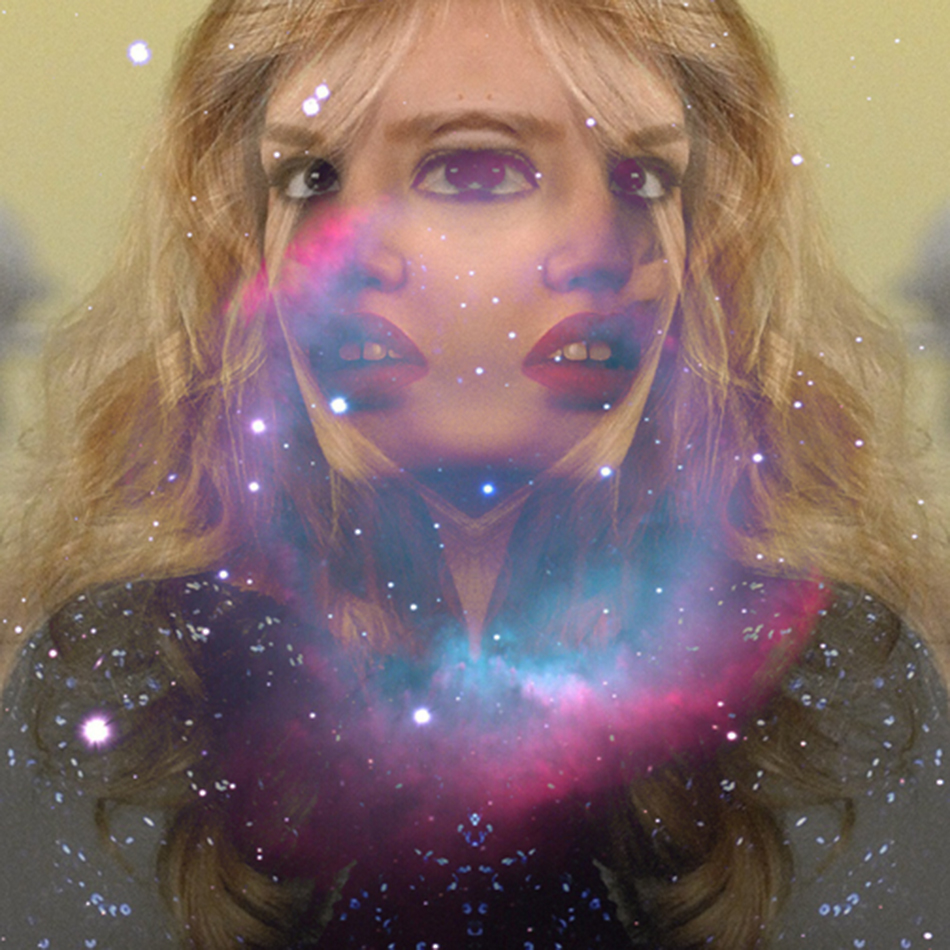
Londres Royaume Uni
Georgia May Jagger tourne une publicitÈ pour Rimmel.
EXCLUSIVE
Jagger, Georgia May
